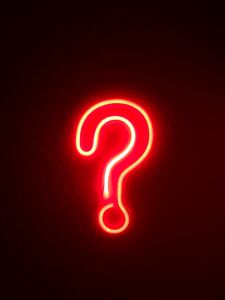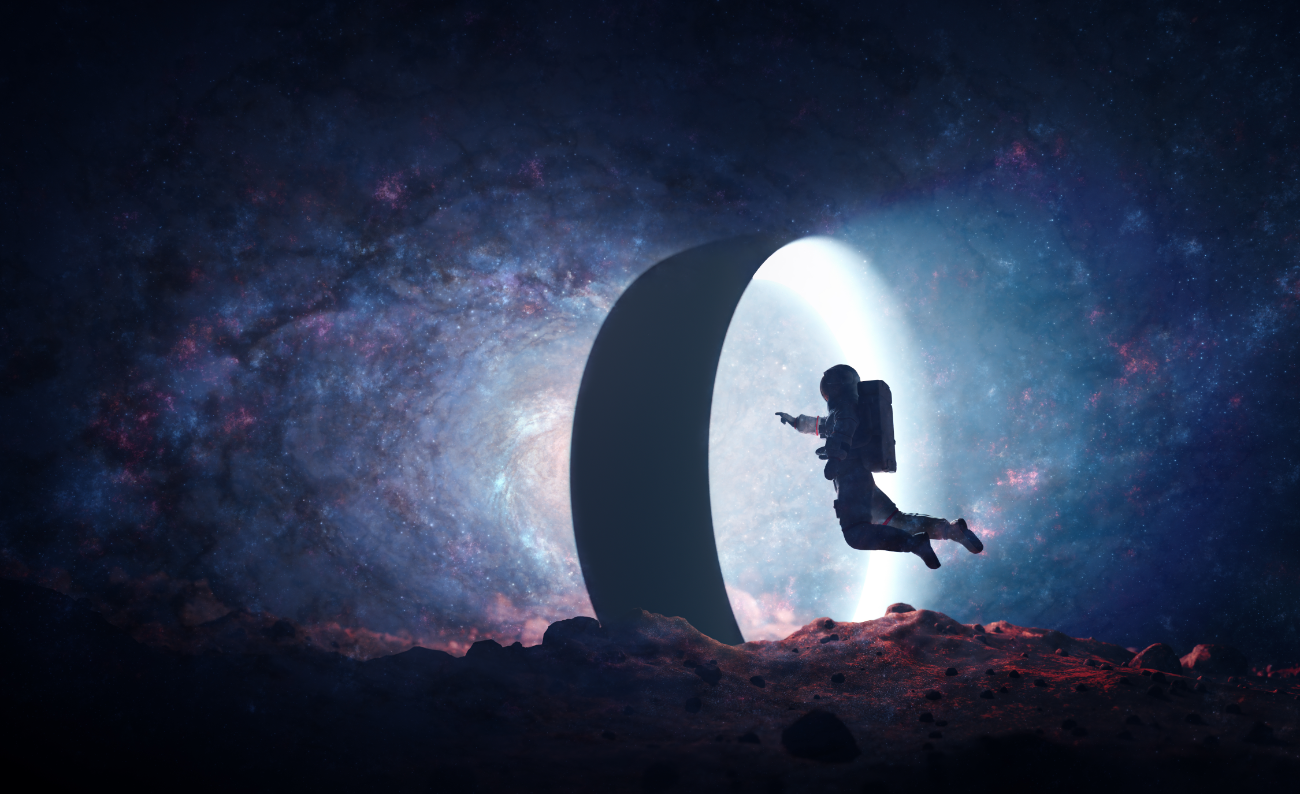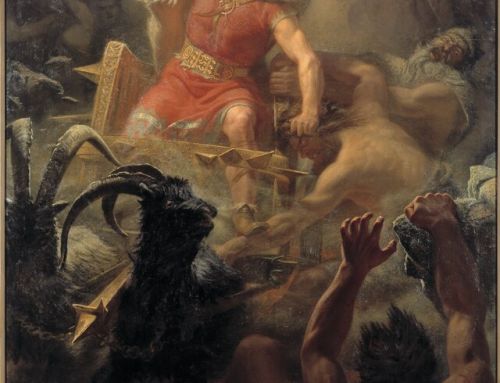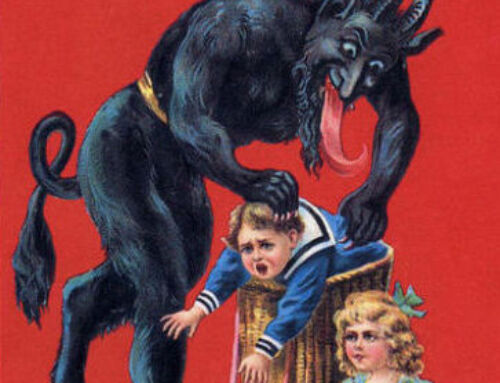The art of worldbuilding may seem exclusive to authors writing in the Fantasy and Science Fiction genres, but the fundamentals utilise skills common to every fiction writer.
Worldbuilding is the name for the process of developing an entire world – or universe – for your story to take place within. You may have great characters and a great story, but the setting is every bit as important; it can elevate a story, or it can bury it.
Underlying Skills
Setting is a key component of a good story. Writing a scene where a detective interviews a suspect in a police station is very different to one where that same interview takes place in a beer garden over a couple of pints. When and where scenes and stories take place are decisions that authors make all the time. For an Epic Fantasy or far future Sci-Fi novel, these decisions can be more important to the overall story. Worldbuilding can be thought of as a logical extension of those authorial decisions on a much grander scale; writers likely have all the necessary skills for worldbuilding, and need only a framework to develop their fictional worlds.
At the heart of worldbuilding is imagination and creativity; throw in a little organisation and structure, and a vibrant setting for your story is within your reach.
Begin Before the Beginning
Before addressing the various ways that writers can engage in worldbuilding for fiction, there’s an important principle writers need to grasp: worldbuilding isn’t a snapshot of a fictional world or universe at a moment in time. Worlds need to have history, so anyone starting out should remember that they need to begin before the beginning of the actual story they are writing. Considering the history of a world is a fundamental component of creating a believable story universe. Events rarely happen in isolation – perhaps more so for those most momentous events in any history (real or imagined). Cause precedes effect, so it’s worth remembering the arrow of time when starting your worldbuilding – the one-way nature of time with effect following cause. The sole exception to this might be a story where the usual rules of causality as we understand them don’t exist in the story world.
Modus Operandi
 You need backstory to help bring a novel to life, a miniature (or not so miniature, depending on your preference) history that leads to your opening chapter.
You need backstory to help bring a novel to life, a miniature (or not so miniature, depending on your preference) history that leads to your opening chapter.
That, however, already raises a weighty question: do you start at the beginning of your novel and work your way backwards to create the history, or do you start with the story world’s early history and work your way forward to the story world of your opening chapter?
There is no right answer to such a question, only a right answer for you and the particular story you are writing. Some writers prefer to work their way backwards, others start at the beginning and see what kind of story world they have x centuries later. These two differences may also remind you of another way writers are often divided into 2 distinct categories: those who are plotters, and those “discovery” writers or “pantsers” who write-by-the-seat-of-their-pants and largely eschew detailed plotting in favour of seeing what happens.
Technology and Society are also important considerations. Your story world may (and hopefully will) have some unique aspects to it, something different to reality. This could be a unique technology that partly explains how a civilisation developed, or it could be a different form of government or society that would affect how society progressed over time. Some such facets of your story world might only occur under very specific set of circumstances. If you start way back in your story world’s history you might find the story world you end up with as you follow causes to their possible effects is radically different to the story world your embryonic novel is supposed to occur within. For worlds where you want a very specific set of conditions to exist, you may find it easier to work backwards from your novel’s opening.
For writers who have a less clear idea of their story world, or where it’s one predicated on a what if this happened in their history kind of idea, beginning long before your story’s opening may hold more appeal. From that start you can push forwards and see where you end up without having to worry too much that you won’t end up with the very particular world you need for your story.
So now you’ve decided on your method of worldbuilding forwards or backwards in time, what’s next?
Practical Considerations
Once you’ve decided on how you’re going to go about worldbuilding, your next choice is where you want to record it all. Modern technology has given us a surfeit of choices, and handwritten notes may no longer be the go-to choice for documenting the details of your world. There’s only one real major consideration here, and that’s what’s most convenient for you?
Some authors do still use handwritten notes, and word processors like Word are a technological extension of that. There are other choices too though. Dedicated writing software like Scrivener allows users to have entire folders of research – not limited to only text either – within the same project as their manuscript. This is an evolutionary step forwards: you don’t even need to click between windows to view your worldbuilding notes; you can split the screen and view notes and your manuscript at the same.
Another option is to create a wiki to house your worldbuilding information.
It may be overkill for a lot of people, but if you’re planning something truly epic then a wiki lets you put in as much detail as you like. If you’ve already got a website, then you should be able to add a wiki to it. There’s one great benefit to it: if you’re going to be releasing stories using the world you’ve built, fans can see all the background information you want to make available.
Even if you don’t have a website, you can still create a wiki to house your worldbuilding notes. With a USB drive and a computer you can easily create a wiki on a stick – a portable wiki you can take with you. It’s especially useful if you’re likely to be using more than one computer for your writing and don’t want to have to worry about worldbuilding documents getting out of sync between computers after updating them.
The Big Question
 With everything in place to start your worldbuilding adventures, there’s one final question: what do I put into it? Whatever the genre of your story, the task of constructing a world for it may seem daunting. For a Fantasy set on an invented world or a far future Sci-Fi, it may seem almost insurmountable. There’s a single question though that can set you on the right path: how is this world different?
With everything in place to start your worldbuilding adventures, there’s one final question: what do I put into it? Whatever the genre of your story, the task of constructing a world for it may seem daunting. For a Fantasy set on an invented world or a far future Sci-Fi, it may seem almost insurmountable. There’s a single question though that can set you on the right path: how is this world different?
Readers might expect a science fiction novel set a century in the future to have a similar world to that of today with only minor changes (new technologies, for example) and it’s these changes that will be your foundation. Is faster than light travel suddenly possible? Has some alien civilisation gifted some other technology that has changed society? It’s these differences that will get you thinking what if… and pondering on how such changes might affect people, and society in general.
 The challenge is similar for Fantasy authors. A contemporary Urban Fantasy may have only one or two details that make it subtly different from the world we know. If the difference is that there’s magic and most people don’t know about it, then you might find yourself heading into Harry Potter territory, with a world within a world. For the more traditional swords and sorcery Fantasy (elves optional) it’s the differences that will set your story apart from the many others in the genre, whether it’s a unique magic system, odd social structure, or some other unusual facet or feature.
The challenge is similar for Fantasy authors. A contemporary Urban Fantasy may have only one or two details that make it subtly different from the world we know. If the difference is that there’s magic and most people don’t know about it, then you might find yourself heading into Harry Potter territory, with a world within a world. For the more traditional swords and sorcery Fantasy (elves optional) it’s the differences that will set your story apart from the many others in the genre, whether it’s a unique magic system, odd social structure, or some other unusual facet or feature.
History is common to both Sci-Fi and Fantasy genres though. It isn’t enough to simply inform the reader how the world is different, readers will want to know why the world is as it is. Sharing little snippets of a rich history will help bring your story’s world to life, as well as showing the reader you’ve put some thought into the setting. You don’t need entire chapters detailing a particular era, and much of the history you write will never make it to the page. Crafting the history of your story world helps the writer as well; bit by bit the world will start to feel a little more real, a little more familiar.
You can go a long way down this particular rabbit hole, and many authors do. Peter F. Hamilton, master of beefy SF trilogies, usually includes a centuries-spanning timeline at the end of each volume, detailing key dates in the evolution of his story universe. As he’s said in numerous interviews, all of this history and backstory (and much more that doesn’t make it to print) is all done before he puts fingers to keys and starts Chapter One.
Click here for Part 2 of this post – Worldbuilding Categories!






Leave A Comment